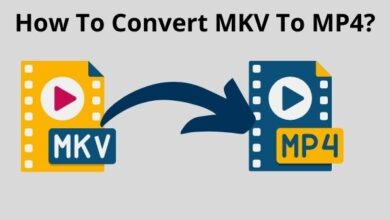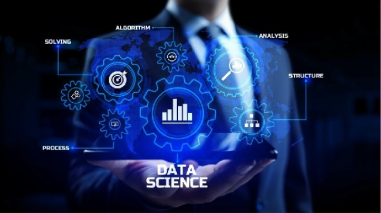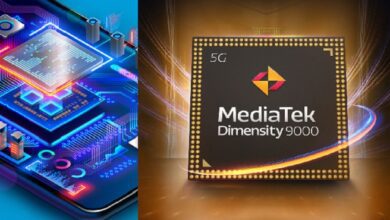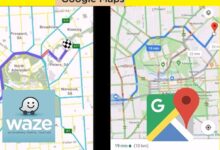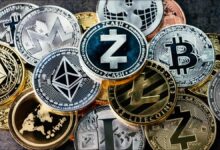What Is 3D Animation ? – IGW – Infographic World
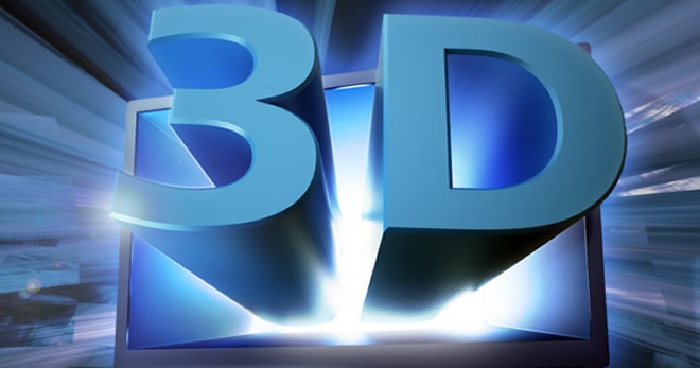
A 3D animation is a graphic approach that uses movement to connect people, props, and other things to life. Although 3D animation is most commonly associated with video games, films, and television shows, its applications have expanded in tandem with its success. Organizations are now using three Dimensional animations to generate content to assist them sell goods and services.
The technique of making three Dimensional moving images and bringing them into a virtual space is described by the three Dimensional animation concept, which covers its most prevalent applications. These features are generated using 3D animation-specific software. Three Dimensional Animators can use such tools to generate the impression of motion that is forced to achieve things to life.
Modeling, design and animations, and renderer are the 3 main areas of the act of providing these things motion and personality.
Animation
Whenever pictures of characters are modified to seem to move to the human eye, this is known as animation. In traditional animation, each picture is hand-drawn before being pictured or transferred to film. Stop-motion animation is one of the other forms of traditional animation.
3 -dimensional objects are carefully transferred to film, frame by frame, and gently altered among frames, using this method. Computer graphics are used to generate all the pictures in three Dimensional animations.
Animation is, at its most primitive level, an optical phenomenon that allows us to see motion in a quick sequence of pictures. The structures should move at a minimum of 12 frames per second to fool the eye, while there are times when even low speeds are employed for impact.
However, for 3-dimensional animation to seem as if motion is produced synthetically in a three-dimensional area, a far higher frame rate is considered, at least 24 images per second, without any still images in between.
Work In 3D Animation
3d objects are used to build things, which are then modified in 3D software. These alterations enable image series to be generated that appear to move in a three-dimensional virtual world.
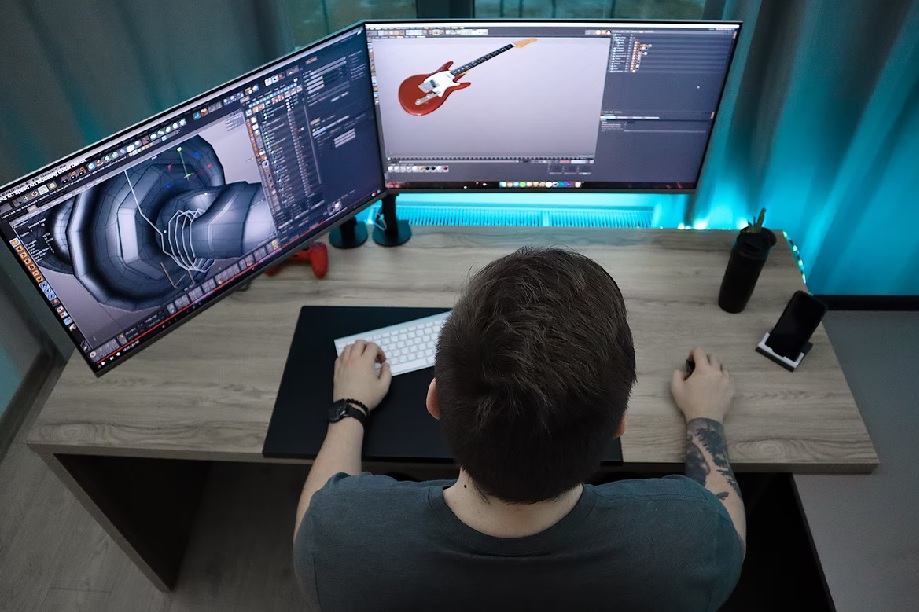
Difference Between 2D Animation And 3D Animation
| 2D Animation | 3D Animation |
| A 2D shape has 2D length and breadth. | 3D Animation is used to give an architectural view of an object. |
| X-axes, Y-axes | A 3D shape has 3D length, breadth, and height. |
| In 2D Animation, all the edges are clearly visible. | X-axes, Y-axes, and Z-axes |
| 3D Animation are used to give an architectural view of an object. | In 3D Animation, some of the edges are hidden. |
| 2D shapes are easy to explain due to the visibility of all its edges.; | In 3D shapes, only outer dimensions can be explained. |
| It is easy to draw details in 2D shapes. | Detailing becomes difficult in 3d shapes. |
| Cinderella and the Little Mermaid are examples of 2D animation | Minions and Frozen are examples of 3D animation |
| It is easy to draw 2D Shapes. | 3D shapes are complex in drawing. |
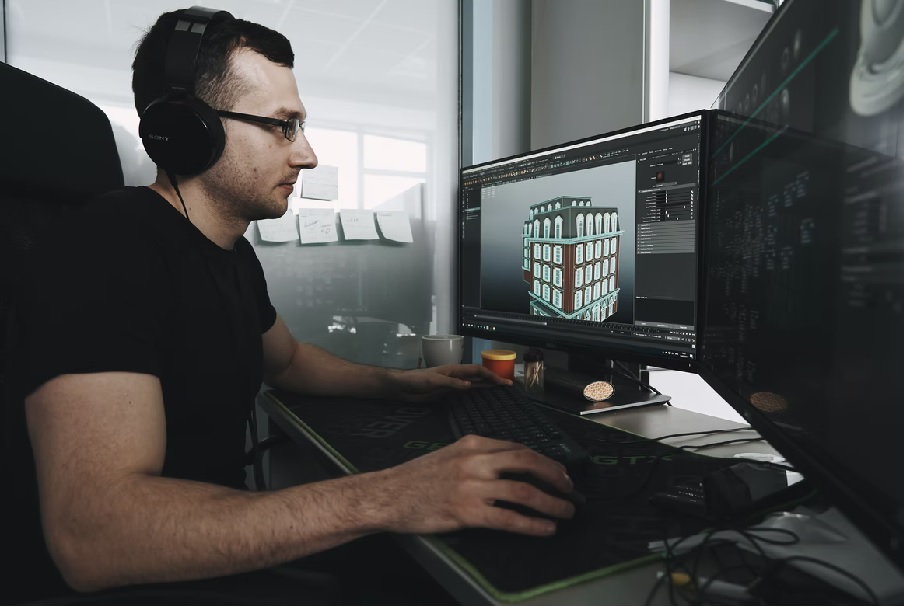
What Is The Process Of Creating 3D Animation?
In the creation of 3D animation, there are three main stages:
Modeling Of 3d Animation: Process Of Generating A Computer Program Of An Object
For modeling, there are two basic sources.
- Whenever a 3D modeling program is used by an engineer or designer to construct a 3D item inside a computer.
- The approach involves scanning real-world things into a computer to build models.
A model is composed of a set of polygons specified by lines or vertices in its simplest form. A polygon must contain at least three vertices (in this case, a triangle), but any amount of vertices can be used. The term “n-gon” refers to a polygon having n vertices. The general integrity of a model is determined by polygons.
The polygons’ surfaces are also known as sides, while the points that connect the vertices are known as edges. Although the computer interprets these shapes as totally geometric and renders them as such, creating them with a 3D modeling program is analogous to digitally molding with clay.
To proceed from basic groups to precise elaboration, platforms are available. Another modeling technology allows the use of a mesh that may be edited using instruments to provide an up detail.
Materials And Textures
The model, which has been constructed with polygons, is next given elements and colors. Substances instruct the graphics algorithm about how lighting should be treated whenever it strikes the item’s surfaces. Texture uses an albedo mapping to add some color to substances and a roughness mapping to create details on the surfaces.
Layout And Animation Of 3d Animation: Item Placement And Movement In The Scene
A significant number of measures are put into the design during the design stage, enabling it to be animated. Skeletal animation is generally made first for an animal or human system. This can help when it comes to allocating animation parameters (Avars). This enables animation by allowing for differences in each area of the body.
Each Avar serves as a controller for the animator, allowing it to maneuver the item around the stage like a sophisticated marionette. This is referred to as keyframing.
Motion capture is another technology that becomes increasingly important. Indicators and videos are used to capture the motions and movements of a live performer. It is then automatically considered for the analysis.
The layout step entails the creation of the set and the placement of the object within it. This includes figuring out where and how big things are in reference to one another and the rest of the collection.
Layout And Animation Of 3d Animation: Item Placement And Movement In The Scene
Rendering can be divided into two categories
The first analyzes light transit and dispersion for photorealistic results.
The second method uses an art direction to provide a non-photorealistic depiction. Rendering also necessitates 3D projection, which shows the three-dimensional picture in 2 dimensions.
Rendering is done using specialized software
It’s not well adapted to personal computers since it demands a significant amount of energy that can be accomplished in an afternoon on special instruments and takes 300 hours on such a home pc. Rendering can be done with some 3D modeling tools, and there are also 3d graphics programs.
3D Animation Uses
There are an expanding number of applications for 3D animation as its popularity grows. It is now widely employed in a variety of fields, including medicine and real estate. Many businesses use it for presentations because it allows for more intriguing pictures and examples.
3D animation is also frequently used in marketing. Many apartment buildings use it to make interior and outdoor renderings of their facilities. This enables prospective tenants to get a feel for the place without having to go there.
3D animation is widely used in tv and films in the twenty-first century, whether for digital effects in currently reside films and tv shows or to produce wholly animated programs.
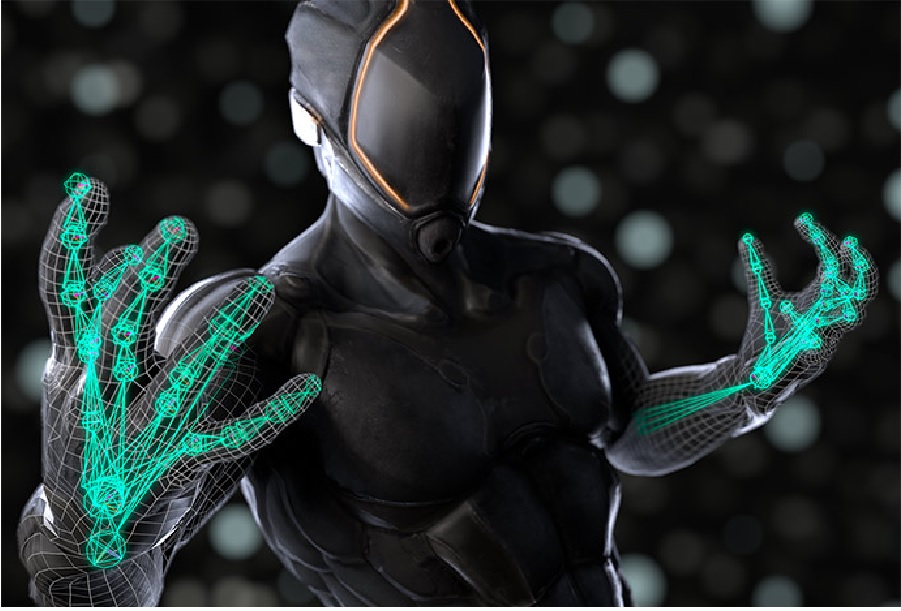
Gaming
This expanding business relies highly on 3D animation.
Education
People actually know videos more effectively than other types of media, according to studies, particularly because they attract people’s attention more effectively. It’s an excellent technique to demonstrate topics, particularly as the use of distance learning grows.
Commercials and Other Advertising
It’s remarkable how much a 3D animation can add to ads, not even in commercials, but digital and in new Systems like social platforms & in-app advertising.
Marketing
3d can add a lot of zing to any promotional campaign and help you to reach out to several individuals.
Medicine
3d modeling has been utilized in the medical industry for just a broad variety of activities since the early days of graphic design. Simulations of autopsies and operations, patient education, and pharmaceutical and medical product advertising are only a few of its applications.
Architecture and Design
3d benefits everyone’s construction project. The ability to walk through a place that is only imagined and does not yet real is provided by 3d graphics.
This is ideal for just an architect or engineer to find weaknesses in a design. It simplifies the mapping for the building company and provides a method for customers to comprehend the work, even enabling them to sample varying periods of day in a structure that has yet to be built.
Retail
As internet shopping has grown in popularity, even more merchants have discovered that three Dimension animation is useful in bolstering product listings, really enabling their firm to stand out and display the goods to customers in a clear and understandable manner.
Simulations
Simulators can be useful tools in instances where practicing in real-life conditions is too dangerous. Military drills and medical procedures are two examples. This can also be used to evaluate the likelihood of certain results and dangers in a given situation.
Prototyping
Prototyping, which is incredibly significant in the repair business, enables a thing to be digitally constructed, evaluated, and explored before it is manufactured. This can be used to make equipment as well. 3D animation enables a considerably faster rate of technological advancement while lowering operating costs.
3D Animator’s Responsibilities
- A 3D Animator’s day-to-day responsibilities will differ depending on the specific media production work. To adequately prepare for every new project, fresh research, and preparation must be completed. The animator can begin engineering tasks when all data about the selected topic, business, and general purpose of the assignment has been obtained.
- Activities like keyframing and posture kick off the technical process. The animator will want to have every scenario assessed by supervisors and customers as it progresses through the stages of the work. This feedback will assist them in determining whether a project is progressing as planned.
- An artist is capable of producing the scenario and assuring that it is provided to the user in the appropriate manner after a task is finished.
- 3D animation is a fantastic art form that offers a variety of creative possibilities. Many elements that can’t be fixed in motion picture videos can be accomplished in animation, specially designed for the most inventive ideas.
- 3D animation services necessitate a significant level of preparation and effort, but they are well worth the effort in the final. Professionally designed scenarios can assist your organization in reaching new audiences and consumers.
- Have an immediate price on film production solutions from Moment In Time Studios to just get began during your next animation assignment.
2D Animation Advantages
Lower Costs – While the design of your graphics will determine this, 2D animation can be far less expensive than 3D animation. This is owing to developments in software, which means that not all animations need to be made frames, decreasing manufacturing time and expenses.
2D animation is getting faster and more approachable because of advancements in tools such as Toonboom and After Impacts.
Software – 2D animation program is less taxing on your devices than 3D animation programs. To run the application, you won’t need to get a large output complex with powerful graphics cards, albeit it will speed up your renders.
Story-driven — 2D animations appear to be more story-driven. It’s easier to capture the ‘wonder factor’ with wide camera motions and dramatic effects while dealing with 3D objects, but it can occasionally detract from the narrative or more personal moments.
Read Also-
- What Is Robotics? Types Of Robots, How Do Robots Function?
- What is Data Science? Is Data Science Good for Future? A Complete Guide

Difficulties Of 2D Animation
On the production and engineering side, 2D explainer videos have numerous benefits, however, there are some downsides that are usually mentioned in the design aesthetic.
At times, 2D animation might be monotonous or repetitive. And by “dull,” we mean “incredibly boring” in comparison to 3D animations. Anything on the screen lacks depth since you’re not getting a full 3-d vision. While amazing, eye-catching 2D assets are certainly possible, they may not captivate or excite your intended audience more than 3d graphics.
You can observe how graphics technique has grown from the time of Snow White towards the likes of Moana and Frozen by looking at Disney movies recently. When I first saw the Frozen 2 trailer, the current water scene took my breath away.
Advantages of 3D Animation
There are various advantages to 3D animation for a wide range of businesses in a wide range of industries. Here are a few explanations of why it’s so beneficial:
- It grabs the audience’s interest: Because of its high functionality, 3D animation grabs people’s interest right away.
- It holds the audience’s attention: 3D animation is an excellent approach to encouraging audience interaction and raising brand awareness.
- It reaches a broader audience: Because it can be shared across many channels and venues, companies can reach a much broader audience.
- It assists create a powerful image and improves the statement: 3D animation is one of the most powerful tools for brand association, but also because it assists create a strong image and improves the msg by itself.
- It communicates quickly: visual data are captured 60,000 times faster by the mind than words. As a result, you can communicate a lot in a short length of time.
That brings us to even the most important advantage of 3D animation: it involves expressing your industry’s narrative more successfully.

Difficulties Of 3D Animation
- It’s generally more costly and takes considerably longer.
- Meanwhile, as this animation format grows more popular in video marketing techniques, video production companies, such as more studios, are becoming more effective in providing this type of film and devising expense solutions to meet our customers’ objectives.
- It’s uncommon for one animation to have been a jack-of-all-trades since not all designers can create 3D animations.
- Rather, you’ll almost certainly have such a team of designers who specialize in specific 3d graphics forms, such as motion capture or visual effects, and also techniques like modeling and animation.
History Of 3D Animation
In the 1940s, the earliest computer graphic animation experiments were carried out.
John Whitney is widely regarded as the inventor of computer animation.
The first Online image was not created until 1957 when Russell Kirsch add a drum scanner to the first Software of Online computers.
Animation did not become popular until the 1960s when computer systems became more commonly accessible. It was mostly used for scientific and research objectives at first, but by the middle of the decade, individuals were exploring the medium creatively. The world’s first computer-animated film, on the other hand, was created for promotional strategies.
In 1960, the Swedish Royal Institute of Technology created a 49-second vector graphic of a car traveling along a projected highway from the company’s point of view for the Royal Swedish Road & Water Building Authority, which was televised in primetime throughout a news program in Sweden in 1961.
Many inventions and advancements in the computing world graphics were made at Bell Labs in New Jersey during the 1960s, whereas Boeing innovated the use of graphic design, especially under the direction of a computer programmer named William Fetter, who basically coined the term “computer graphics.”
His inventions were mainly responsible for the construction of the first animation ‘wire frame’ figures, which were crucial in the initial stages of 3d graphics.
As the 1960s progressed, computer animation became more advanced all throughout the world. A team of Soviet mathematicians and physicists invented the world’s first figure animation by creating a computational formula for the movement of a cat.
The first entertaining cartoon, Flexipede, was created by Atlas Computer Laboratory in England and aired in 1968. The National Film Board of Canada began experimenting with cutting-edge procedures that yielded creative effects.
During animated innovator John Whitney’s task on Stanley Kubrick’s 2001: A Space Odyssey, the 1960s after seeing the first application of motion-based imagery, the precursor to motion tracking animations.
In starting of 3D
Once the film Futureworld employed 3D wireframing to build an arm and head in the 1970s – the first step towards full 3D animations. Wireframe modeling and frameless modeling representations had been employed in various significant Hollywood blockbusters by the late 1970s, notably Star Wars for the Millennium Falcon & Alien for the Alien.
Throughout this time, modern inventions arose from many labs, research facilities, businesses, film studios, and even NASA, resulting in significant advancements in computer graphics. One of these was the usage of fractal geometry in 3d graphics, which enabled more authenticity.
In the 1980s, not only was there a significant rise in internet connections, but there was also a proliferation of programs that enabled users to make computer animation and motion graphics. The technology that was released in the 1980s is the forerunner to the 3d graphics program that is still used now.
Blockbuster Films with CGI (Computer Generated Imagery)
By the 1990s, CGI had matured to the point that it could be seen in big blockbuster films such as Terminator 2 and Jurassic Park. Motion capture was also employed in big movies, including Titanic, to generate additional the natural look of a large number of characters.
All through the 1990s, enormous advances in 3d graphics, methods, and technologies were created to keep up with the popularity on the large screen. Meanwhile, there was one important aspect lacking in films that were totally animated rather than relying on CGI for spectacular features.
Computer-made animations were unable to produce realistic-looking facial movements. Paul Debevec and his group took a huge stride in fixing this issue in 2000 when they were able to gather and then replicate a reflectivity field more than a face image. This would allow for the creation of computer pictures of actors that looked exactly like real.
Motion capture is often used to generate the most believable form of graphics for CGI, but this has sparked debate, with the American Feature Films Arts and Sciences announcing it is not an animated film particular method in and of itself, and announcing that films using it alone would not be qualified for the Best Animated Picture Oscar.
Conclusion
When computer-made objects seem to move in three dimensions, this is known as 3d graphics. Items can be moved and turned into 3d graphics using the same concepts as in real life. Visual effects is a 2D moving picture that displays 3D using 3D computer graphics. 3d modeling is employed in a wide range of sectors, including gaming and medicine, and is widely used for presenting and advertising in all industry sectors. The procedure necessitates a significant amount of planning and effort. 3D Artists will devote a significant amount of time to the complete system, assuring that each model is customized to the needs of their clientele.

